Malana, The Magic – Of ancient Sages, Myths, Alexander & Malana Cream
Malana, The Magic – Of ancient Sages, Myths, Alexander and Malana Cream.
This is a strange story and a real place. It involves ancient sages, kings, mythology, legends, history and drugs. To understand this, you have to get to know the ancient sage, Jamadagni, and a bit of Hindu mythology. Let me start with ancient times and like all ancient stories, start with, ‘Once upon a time’…
Sage Jamadagni
Once upon a time, many centuries ago, there was a Sage called Jamadagni. He was one of the Saptarishis, the Seven Great Sages in the current Manvantara (the 7th) according to Hindu Mythology. His wife was Renuka, the famously virtuous one. Parashurama was his youngest son. Yes, the same mighty warrior, 6th avatar of Vishnu, Guru of Karna in the Mahabharata and the founder of my home state, Kerala in South India. He was the one who is reputed to have reclaimed land from the Sea thus creating Kerala. Sage Jamadagni was a warrior saint. Many legends have gathered around him…
The legends about Sage Jamadagni
He was so powerful that even the Gods were scared of him. A legend is that he once got upset with the heat and hence the Sun God, Surya. He shot arrows at him. A nervous Sun God tried to propitiate the Sage with 2 inventions to help mankind deal with the heat. No, they weren’t the fan and air-conditioner. They were the Sandal and Umbrella!
Now, Renuka was famous for her chastity and devotion to her husband. However, suspicion lurks even in the best of minds. Once, Sage Jamadagni suspected her and ordered his son, Parashurama, to behead her. He obliged. Of course, later she magically came back to life. But that’s another story.
Another legend is about a king who wished to possess the divine cow Kamadhenu (which was in Sage Jamadagni’s care). The sage refused. And the King, as Kings normally do, took the cow away by force.
An enraged Parashurama killed the King along with his entire army and brought the cow back. The King’s sons took revenge by stabbing the Sage 21 times and then beheading him. And thus started Parashurama’s legendary retribution. He killed the murderer Princes and conducted a genocide against the Kshatriya caste (the caste of the warriors and Kings) for the next 21 generations. Quite a revenge, what?
These are all legends, but the Buddha is said to have mentioned the Sage Jamadagni’s name as one of the original recipients of the sacred Vedic knowledge – this is written in the ancient Mahavagga.
Malana – The Abode of Sage Jamadagni
The place where the great Sage lived is believed to be in the small Himalayan village of present day Malana. It is near Kasol in Himachal Pradesh of North India. He is supposed to have prayed to the Gods for suggestions on a place to stay where there would be nature and isolation. Lord Shiva suggested Malana and the Sage arrived here. A Rakshasa called Banasura was in control of this territory. Obviously, a fight ensued. It ended with a compromise. A divorce between Administration and Judiciary. Banasura was to handle Administration. The Judiciary was under the Sage Jamadagni. The Judiciary was a tad more powerful than the Administration. Sounds familiar? Yes, this was the first democracy!
A language was created – the Kanashi language. Mandatory for those living in Malana. Not to be shared with others outside the place. This language still exists! As do the customs and rituals from that ancient age. Like the animal sacrifice to Banasura before any religious occasion.
There is an ancient temple here that is dedicated to the Sage Jamadagni. The villagers pray to him as Jamlu Rishi or Jamlu Devta. The priest of the temple is a hereditary post since many generations – as long as anyone can remember. He rules on behalf of Jamlu Rishi who is still considered the King. There are other elected courtiers who handle the regular administrative jobs like land revenue, policing, justice, etc.
This village follows no other rules and is a tiny democracy in itself (possibly the oldest in the world). They are actually governed from ancient times by 2 Houses of Parliament – the lower House of Kanishthang and the Upper house of Jayeshthang.
Malana
Malana has existed since the ancient times. It is currently in Himachal Pradesh in North India. It is close to 9000 feet above sea level on the banks of the Malana River in the Parvati Valley near Kullu. The location and the massive peaks of the Chanderkhani and Deo Tibba ensure its isolation from the world.
There are less than an estimated 2000 people (about 200 households) living here and a quarter of them speak Kanashi! They believe that they have the purest Aryan genes. The legend is that they are the descendants of a bunch of Alexander the Great’s soldiers. Those who deserted Alexander’s army and settled here. In fact, the residents do look distinctly non-Indian, from the hair color, eye color, skin, etc. Many generations of in-breeding have caused diseases and a deterioration of health, I guess.
They have existed as a democracy since long and have never been part of any kingdom. They never even paid taxes to the British who probably collected taxes from every other living being in India… The one Emperor who tried to collect taxes was the Mughal Emperor Akbar and he too quickly withdrew.
Malana and the Mughal Emperor Akbar
In the 16th century, the Mughal Emperor Akbar is said to have shown disrespect to the village and Jamlu Devta. Maybe he even tried to collect taxes. The Emperor was immediately struck with leprosy. He then propitiated the deity with gifts and atonement. The Emperor was cured and since then, the Mughals did not collect tax from the village. Every year this is commemorated in a procession during the village festival of Fagli. It is said that inside the Temple is a silver goat that the Emperor Akbar had presented to Jamlu Devta! Outsiders aren’t allowed inside the Temple, so one cannot be sure of this.
The Discovery of Malana in recent times
Colin Rosser, an anthropologist, had heard persistent stories and rumors about this secret village in the Himalayas. In 1952, he walked 45 kms from Nagar through an almost inaccessible path and discovered this hidden village. He wrote about it in a scientific paper and since then it has come up on the map.
Malana today
The recent Malana Hydro Power Station project has made this isolated village accessible to the world. Proper roads now exist till the Malana Village trekking gate. The closest bus stop is Jari. Development, healthcare and education are more accessible now. There is a primary and a middle school, though not too many students enroll in these.
However, the price of development is that the beauty is slowly being ruined and the traditions are slowly dying out. The over-tourism prompted the village administration to order all guest houses and restaurants in the village to close. They implemented it as orders from the King, Jamlu Rishi.
Kanashi, the sacred language of Malana
The language spoken here is one that was prescribed in the ancient ages, said to be that of the Rakshasas who lived here. It is called Kanashi or Raksh. This is different from any of the languages in the surroundings. Some say it is a mixture of Sanskrit and some Tibetan dialects. It is more a Tibetan-Burmese language than an Indo-European one. It’s a miracle that it has survived despite being surrounded by very different languages – possibly due to its isolation. It does seem similar to Greek, by the way.
The Economy of Malana
The traditional occupation of the village has been making items from hemp – baskets, slippers, etc. They also grew maize and potato. The Malanis traditionally, bartered ghee, wool, honey and birds with other villages in Kullu. In return, they got salt, food and other necessities. Nowadays, this has stopped. Another crop is sustaining the economy.
The big source of revenue in recent times is cultivation of Marijuana. Malana grows the finest strain of Marijuana and Cannabis Indica. It produces some of the best Hashish in the world – a strain of cannabis hashish called Malana Cream. The weather in Parvati valley is perfect for growing cannabis. The villagers always knew of it and they used it for medicine and to make hemp products.
After the swinging Sixties, Malana was discovered by the swingers. It is said that an Italian called Glenu stayed here in the late 60s. He taught them to make “charas” (the local name for Hashish) using the rubbing technique that they still use. This got a very high price because of the quality. And the place changed forever. It slowly became a magnet for drug tourism. They raise only one crop in a year in September-October. It is enough for the entire year. An estimate is a production of more than 10000 kg of cannabis from about 600 acres of cannabis cultivation!
Tourism is even now the biggest source of revenue – despite the curbs placed on drug tourism, tourists staying in the village and production of Marijuana.
Malana Cream
The Hashish produced here is supposed to be the best in the World due to the high oil content and fragrant aroma. I have seen it billed in the many “Green Cafes” in far-off Amsterdam as Malana Cream, the best and most expensive hashish around. It is made through painstaking manual labour. The live cannabis flower is rubbed repeatedly between the hands. The resin is thus pulled out to form a sticky layer of hashish across the palm. This is collected and sold. The consumers of this burn a bit of it, mix it in tobacco and smoke it for a high that they say is the best in the world. In the early nineties, Malana Cream won the competition (hashish category) in the Cannabis Cup in Amsterdam.
The Origin and Legends of Malana
The villagers consider their village to be the oldest democracy in the world. They believe their village was the original abode of Sage Jamadagni or Jamlu Devta as they call him. All decisions are in fact taken by invoking Jamlu Devta. A villager serves as the oracle and the decision is given a God-ordained. Does it remind you of the Oracle of Delphi in ancient Greece? Hallucinogenic gases involved there too. Click here to read of my experience in ancient Delphi of Greece.
They also believe that they are the remnants of a forgotten band of Greek soldiers from Alexander’s Army. In 326 BC, the historic Battle of Hydaspes happened between Alexander the Great and King Porus. Some members of the Greek army settled down near the River Beas and then Malana. They didn’t go back… Their appearance seems to indicate some truth in this. That’s why the village of Malana is called the Athens of the Himalayas.
The Greek connection is questionable though, since recent gene typing of the Malanis indicates an Indo-Aryan rather than a Greek origin.
Worship and Temples
There are a few ancient temples here. One is the main Jamlu Temple and the other, the Renuka Devi Temple. The temples have intricate carvings and are full of symbolism. They even have sacrificed animal horns above the gates. The locals do not allow outsiders to enter the temples.
We, the Untouchables
The Malanis believe that they are superior to outsiders and can get contaminated by touch. Here, they treat all outsiders as untouchables. They are friendly, but will not tolerate the outsider touching anything – their temple, their houses, their goods… Even when you buy goods at the shops, they expect you to leave the money on the counter and then take the goods off the counter where they place it. If you purchase stuff on the street, you place the money on the ground, weigh it down with a stone, pick up the purchased stuff from the ground and leave!
In case of any inadvertent contact with you, the villagers rush off for a bath. And in case an outsider touches a house or the temple wall, he/she has to pay a fine. This is to pay for an animal sacrifice to purify the polluted object!
This could be a tradition to ensure avoidance of communicable diseases, given their prolonged isolation from the rest of the world. But it does give you the feeling of being an untouchable… 😉
By the way, the local consider even their language, Kanashi, as sacred. They do not allow outsiders to use it.
Strange rules – some logical and some not very
There are rules that govern every facet of life here. Jamlu Devta makes these rules and communicates through the Village Council. Consider some of these. I am not fully sure of these, since they are a secretive society. This is hearsay, but I’m reasonably sure they exist:
Some General Rules:
- No damaging trees by fixing of nails on them
- They do not allow burning wood in the forests around
- They allow only dry branches to be carried out of the forest
- Only the Council can give permission to hunt in the forest
- The Council sanctions hunting only for protection. The hunters have to deposit the fur of the animal in the temple
- If a villager goes to the police, he/ she has to pay a fine to the Council
- In case of a difficult decision in the court of the Council, each of the parties to the case brings a lamb. A cut is made on the front leg of each lamb, poison placed inside and the leg sewn up. The person whose lamb dies first loses the case!
- You cannot have poultry in the village. No leather goods either
- They levy a heavy penalty on outsiders trying to speak their language, Kanashi. Even imitating a local speaking the language invites the penalty!
Rules for Personal Conduct:
- Every villager is equal, irrespective of his/her profession
- You cannot take alcohol inside – the tipplers have to head to Jari for their fix
- They sacrifice a lamb to purify an object if an outsider touches it
- Malani people have to purify themselves before eating or entering their house in case they touch an outsider – reminds you of the Covid19-induced social isolation doesn’t it? 😉
- Malanis cannot eat food cooked by an outsider. However, they can eat outside the Valley, away from Jamlu Devta’s line of sight.
- Parents arrange marriage of their kids before adolescence. The bride is traditionally runs behind her groom on the wedding night. The father/mother of the groom holds a torch.
- The men are polygamous but in case of divorce the man has to provide for the ex-wife and kids.
- Marrying an outsider entails banishment from the village. The only exception is for marriage with boys from the nearby Rashol village. The folks in Rashol also claim Greek descent.
Festivals
The Malanis celebrate two interesting festivals – the Malana Shaun on the 15th of August and the Malana Fagli in mid-February. During the Fagli, locals dress up in cannabis leaves and demonic masks. They dance around and smear cow dung on the houses. They also have a procession for the 16th century Mughal Emperor Akbar commemorating the incident that I described earlier!
Getting there
As of now, outsiders cannot stay in Malana but can visit on day-trips. Kasol, near Manali, is the nearest town. It is a beautiful small town and a trekkers’ paradise. You can also get basic, tented accommodation nearby.
Bhuntar or Kullu is the nearest airport. Joginder nagar is the nearest railway station. Three mountain passes connect Malana to Kullu. The Rashol Pass route takes about 12 hours and the beautiful Chanderkhani Pass trek about a couple of days.
The best way to get to Malana is to take a bus to Jari. From there take a taxi to Malana (a distance of about 20 kms) and then a short 3-4 km trek. The trek requires a basic level of fitness with a descent to a bridge across the river and then a steep uphill climb. Takes the better part of 2 hours. And remember to avoid the monsoons and winter – the path can be quite treacherous. The best months to visit, in my view, are May-July or September-November.
What to do in Malana
Fabulous natural beauty, a lovely trek, a strange people, a village that seems set in a time warp. Myths, legends, mystery and history all coming to life through stories. What more do you need?
Resist the temptation to buy their most famous product – Malana Cream. There will be many who will try to sell it to you. My suggestion is, don’t buy. It is illegal and there are enough Police checks as soon as you exit the village gate and en route to Jari. Stay away from it, stay safe.
But that doesn’t mean you cannot enjoy this gem of a place… It’s a must-visit for its natural beauty and uniqueness.
More readings
Read about an interesting religious sect in India that is now all but forgotten, the Chausath Yogini cult.
Would you be interested in reading about some of the other interesting places in Mysterious India? How about places of historical significance in India?
India is a many-faceted country. It celebrates the mysterious, cultural, natural, wildlife, spiritual and more… Here is some more information on these facets of India, to help you travel beyond the regular tours and packages to India.
And if you are looking to have interesting experiences around India, Asia, Europe or Africa, visit Beyonder Travel.

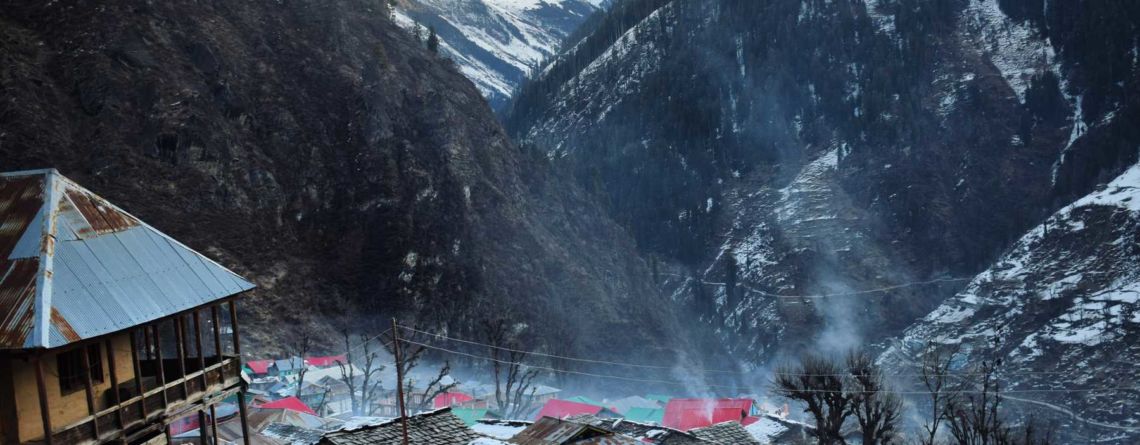


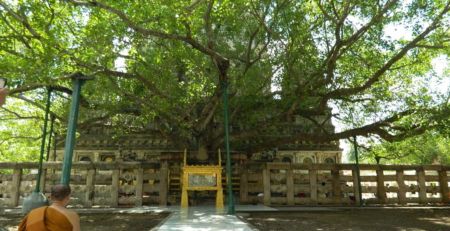
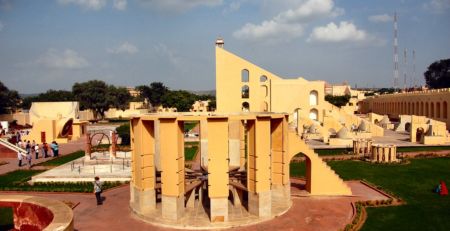
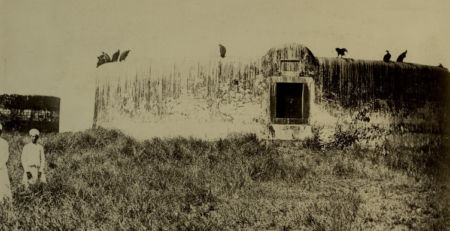
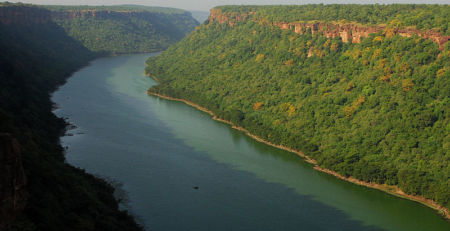


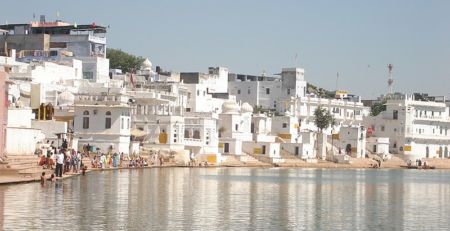
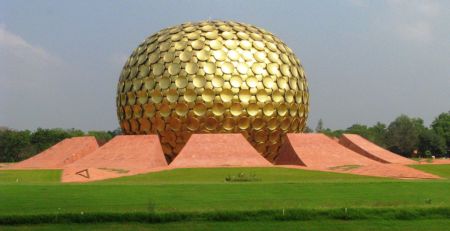
Leave a Reply